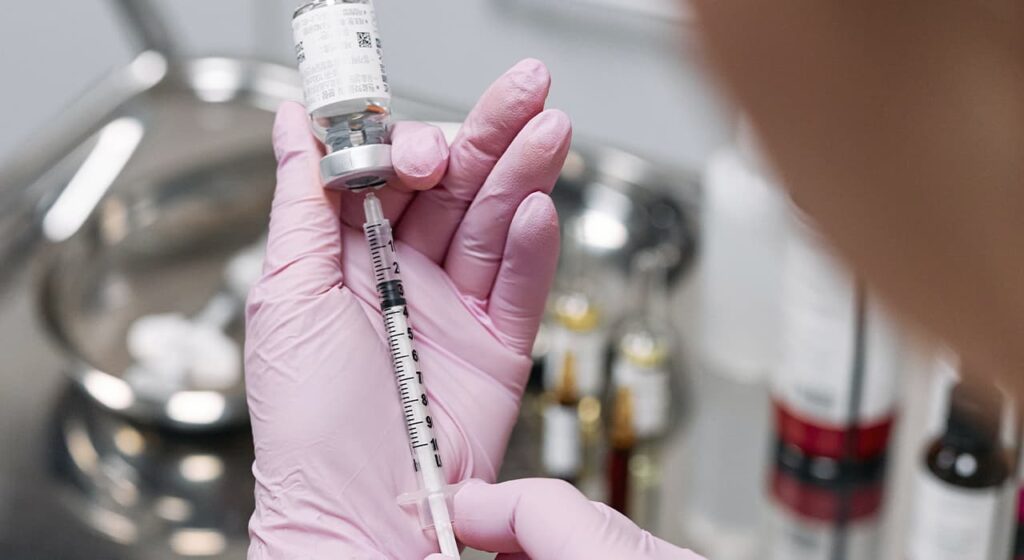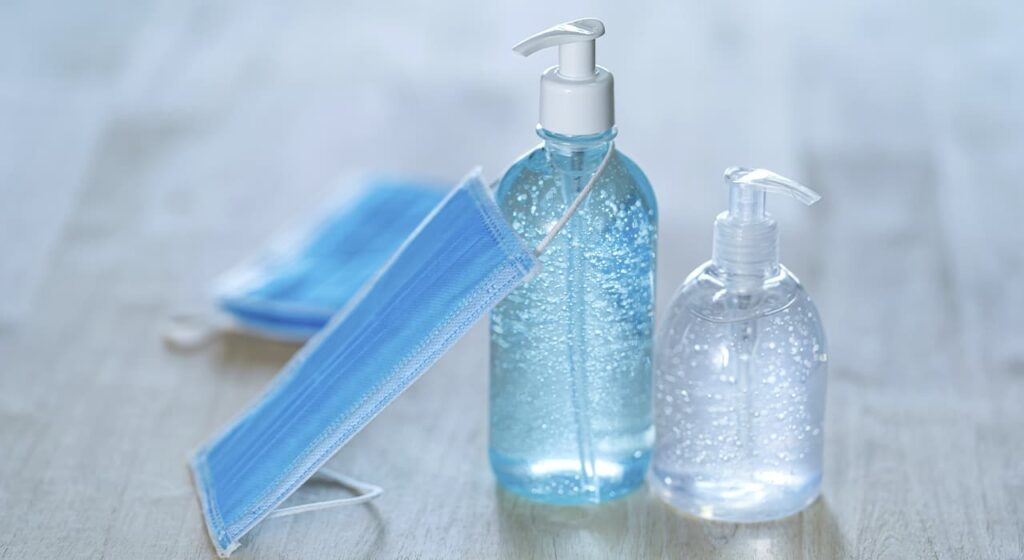No medical procedure can do without the use of antiseptics. But in everyday life these agents are also widely used. As a rule, water and soap are excellent against pathogenic bacteria and viruses that surround us everywhere. To prevent infection “through the hands”, it is enough to wash them regularly (before eating, after returning from the street – the situations are well known). But water and soap are not always available. In such cases, hand sanitizer comes to the rescue. And in today’s realities without these tools and do not do without them.
Antiseptics vary in composition and form of release. Most of them are effective against pathogenic bacteria, many kinds of viruses and fungi. The antimicrobial activity and spectrum of action of the agent depend on the main substance and its concentration.
So, what requirements should the best hand sanitizer meet?
Composition – this is the main thing to pay attention to. We have already said about what components of antiseptics are the most effective. It is worth giving preference to means based on alcohol or chlorhexidine. Auxiliary additives that enhance antimicrobial activity are not so important: their use is justified only in preparations for medical needs. In household antiseptics, on the contrary, they are undesirable because of possible allergic reactions and skin irritation.
The degree of protection is another important selection criterion. It depends on the concentration of the active ingredient: the more of it, the more effective the product fights bacteria and viruses. The content of the active ingredient should be specified in the instructions.
Exposure to the skin is a factor that is especially relevant in pandemic conditions, when antiseptics are used constantly and everywhere. Regular use of alcohol solution dries the skin and deprives it of its natural protection. If you choose an alcohol-based antiseptic, you should prefer a gel or spray solution containing moisturizing and soothing additives. Chlorhexidine has a more gentle effect on the skin. However, extra hydration does not hurt in any case.
Form release and the size of the package. Here it’s simple: be guided by personal considerations of convenience. For public use (to meet the requirements of sanitary and epidemiological safety in the workplace) is more advantageous to buy a large package – a volume of 1 liter or more. For personal use, a bottle of up to 150 ml, which can easily fit in a bag, will do.
The use of antiseptics can significantly reduce the incidence of SARS and other infections. Means, produced by the pharmaceutical industry, vary in composition and form. The best antiseptics for hand treatment not only contain effective antimicrobial components, but also affect the skin gently, without causing dryness and irritation.



